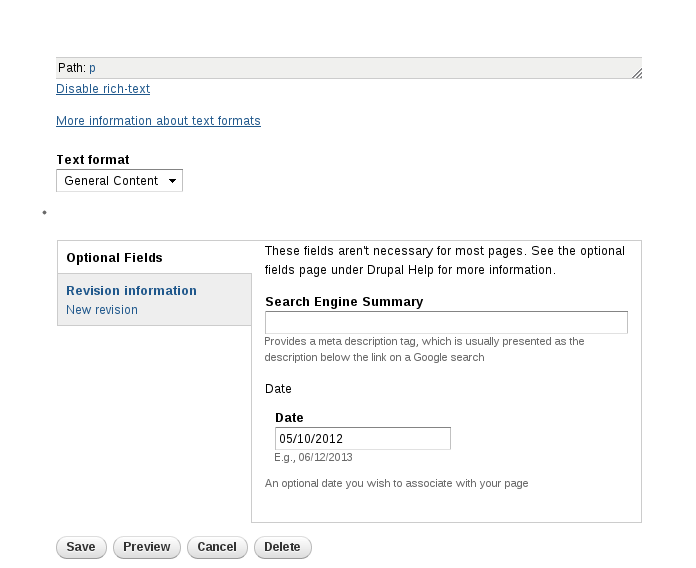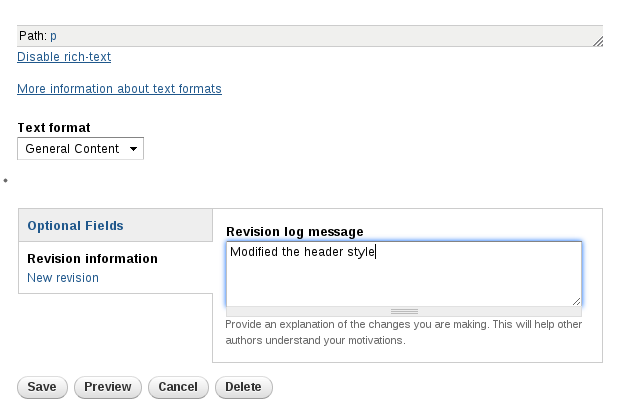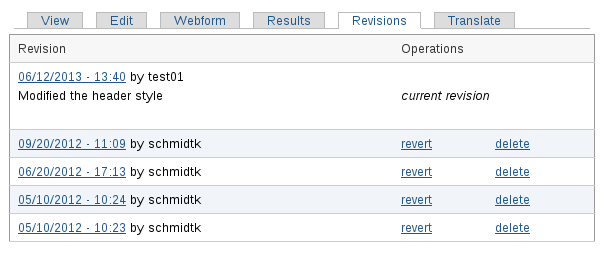Recently we updated our link checking script to hunt for some common mistakes in image alt text.
As you may recall from your initial Drupal training, alt text is very important for accessibility, as it’s the text that’s read to the visually impaired to describe what’s in the image. Close your eyes for a second and pretend whatever you put in the alt text is being read to you. Is what’s being read so short that it’s meaningless? So long that you get bored just listening to it? Does it repeat something that you already say in the text, making it redundant?
But we’re interested in even worse problems today. Sometimes people put in alt text that doesn’t event attempt to describe the image. For example, some people use the file name as the alt text. Like this:
<img src="/dog.png" alt="dog.png">
If you were using a screen reader, your software would get to that image and read you “dog dot p n g”, which is summarily unhelpful. Reading the file name won’t help anyone better understand what’s in that image. Also unhelpful is this:
<img src="/dog.png" alt="goldenRetrieverPuppy">
which we haven’t seen recently, but has come up in the past. That’d just cause the program to attempt to read goldenRetrieverPuppy as a word, possibly completely unintelligibly.
And then some people are just lazy:
<img src="/dog.png" alt="picture">
Completely unhelpful.
Remember, for us (as it should be for everyone) being accessible isn’t optional. Starting today, we’ll be scanning for these errors automatically, and emailing content editors that need to touch up their alt tags a bit.



